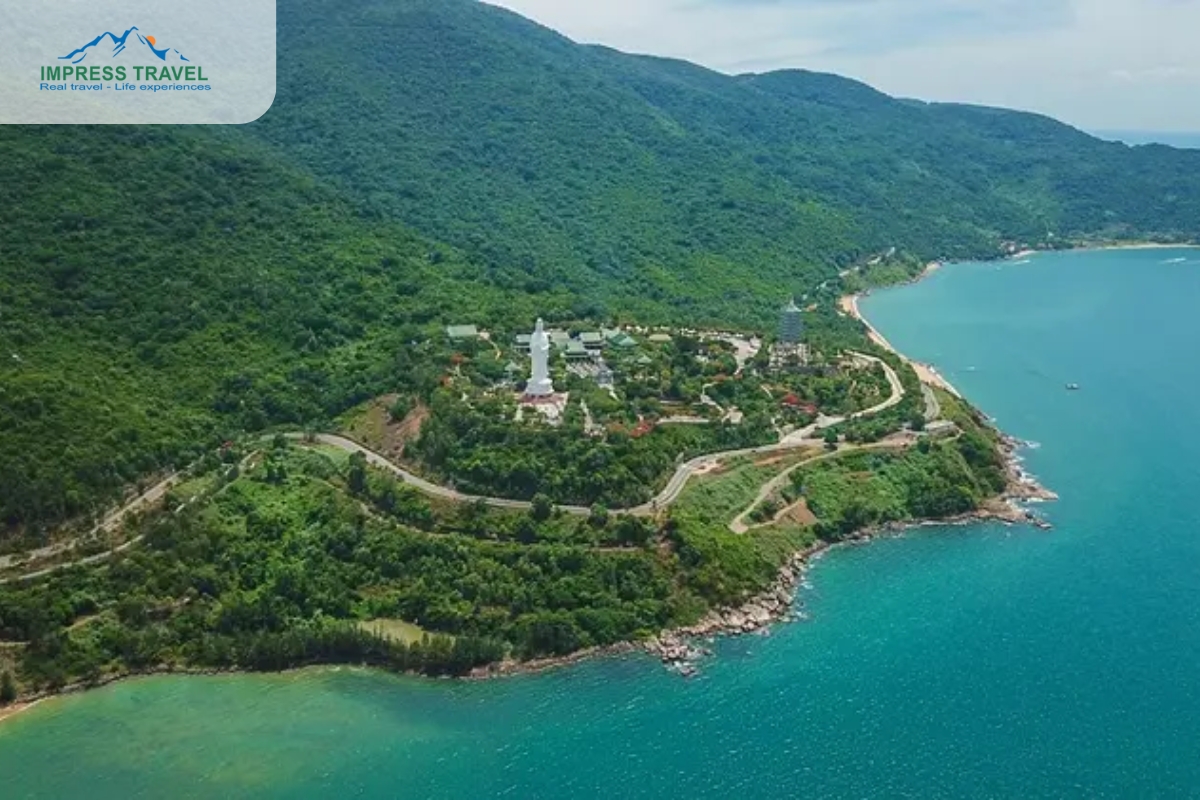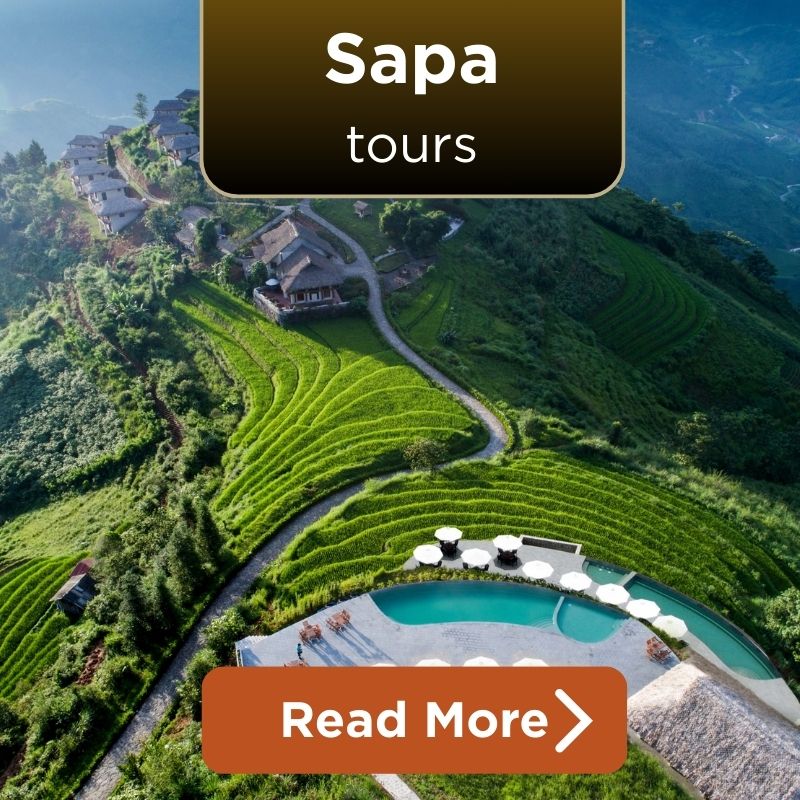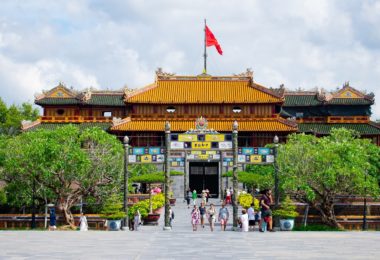Located amidst Da Nang City, the Son Tra Peninsula emerges as a natural and cultural wonder in the community, accommodating both hikers and solitude-seekers. Among the Da Nang tourist attractions, this scenic peninsula with luxuriant landscapes and panoramic views of the sea is one of the high-ranking places. It is unique in combining breathtaking beaches with dense rainforests and historical places, which all offer universal experiences for a truly diversified scope of interests and activities. From hiking and wildlife observation to spiritual exploration and relaxation, the Son Tra Peninsula offers a fusion of retreats. Let us explore this marvelous destination and dive into the geographical wonders, historical importance, and enriched forms of life, contributing and enhancing the character of a journey, just as it is rich with Vietnamese culture and nature.
Geographic Location and Historical Significance

Geographical location
Geography
Son Tra Peninsula is located in the east of the busy city center of Da Nang by about 10 kilometers. Therefore, here is the ideal destination to enjoy nature without getting far away from the urban atmosphere. The elevation above sea level is about 693 meters, with a total area of 60 square kilometers. On the 693-meter hill stand rather rugged mountains and soft sandy beaches curving along the coast, providing great views over the East Sea. Not only is the scenery diversified, but it is also functional for many activities to take place, making this peninsula an all-rounder for those visiting Danang.
History
History has it that Son Tra Peninsula is as rich and varied in history as its landscapes. Historically known as Monkey Mountain, the area was a crucial military lookout during the Vietnam War and a navigational landmark over centuries. Over the years, it transformed from a purely military area, a center of fishing to a valued preserve of nature and now makes an integral part of any tour of Danang. The changes represent an embodiment of a country’s effort to save its cultural heritage amid the development of responsible tourism. The history of the peninsula is closely associated with ancient legends about spirits and modern efforts of conservation. It’s a singular ecosystem that safeguards and enhances the visitor’s experience with a deep sense of place and history.
Flora and Fauna

Chess Board Peak
The Son Tra Peninsula is rich in a diversified ecological tapestry that boasts a wealthy array of flora and fauna, turning it into an ecological treasure trove. Over 1,000 plant species have been detected in the lush tropical rainforest covering over 80% of its area. Meanwhile, the present animal species include the iconic red-shanked douc langur, which is also an endangered species. This is also a representation of the wildlife of Son Tra Peninsula and one major reason to raise the issue of the need for protection.
The conservation of Son Tra follows from encouraging the continuation of biodiversity and the preservation of natural habitats that would be of ecological richness to the area. This will maintain the area as a habitat for wildlife and ensure a living laboratory of environmental education and research. Commitment to the protection of the natural habitats of the Son Tra Peninsula not only ensures safety for the inhabitants but also heightens the quality of visits in Danang, giving tourists a truly rewarding and authentic experience with the wildlife of Vietnam.
Cultural and Religious Sites

Cultural and religious sites here
Linh Ung Pagoda
One of the great spiritual gems of Son Tra Peninsula is Linh Ung Pagoda, majestically located with panoramic views of the sea. The place interweaves spiritual reverence and architectural grandeur, featuring the tallest statue of the Goddess of Mercy in Southeast Asia, standing on a lotus-shaped platform 67 meters tall. People say this pagoda is not just a place of worship but a place of peace and spirituality that attracts pilgrims and tourists from all over. Its architecture and religious importance are central to cultural pride and are composed as part of the spiritual and cultural tours in the region.
Other Cultural Sites
Other than the Linh Ung Pagoda, the Son Tra Peninsula is full of many other small, cultural, and religious sites that maybe not so known, but add to the thick vibrancy of the place. These include smaller shrines and historical landmarks that offer a glimpse of the local traditions and spiritual practices. Each of these sites is a thread in the vibrant cultural fabric of Son Tra, making it an all-encompassing destination for those looking to explore through Danang tours the historical and spiritual depth of the region.
Best Time to Visit and How to Get There

The best time to visit
The Son Tra Peninsula has its appeal throughout the year, though the best time to visit this region of scenic beauty is greatly dependent on the state of weather and your taste for exploration. The best months for the Son Tra Peninsula are from March through September, which is a dry season, so the temperature is warm with adequate sunshine for one to spend time outdoors and on the beach. This time avoids the rainy season from October to February when there are heavy showers that might hinder some activities, especially hiking, and biking.
Transportation to Son Tra Peninsula is easy and is, therefore, one more factor that makes it of interest to Danang Tours. From Da Nang City Center, one just needs to drive to the location. It is only 10 kilometers, a distance that takes about 20 minutes, so one has an option of either taking a taxi, a motorbike, or even a bicycle if one so pleases. The journey from Hoi An to Son Tra can take about an hour by car; passengers travel on this beautiful coastal road by Vo Nguyen Giap Street, which becomes Hoang Sa Street and leads directly to Son Tra, with fantastic sea views along the way.
Things to Do and Attractions

checkin here
Outdoor Activities
The most popular activities are hiking, and the peninsula provides trails such as the moderate, very scenic walk to Ban Co Peak, with panoramic views over Da Nang and the surrounding waters. Biking is another activity that’s increasingly popular here, with well-maintained roads circling around the peninsula, offering the challenge of a ride through extremely enjoyable and diverse landscapes. It offers very rewarding wildlife viewing, with animals like the red-shanked douc langur being a very visible presence among the thick foliage of Son Tra.
Beaches
The beaches on Son Tra Peninsula are less crowded compared to other places in Da Nang, so a more secluded and tranquil beach experience can be assured. Bai Bac Beach and Tien Sa Beach are in clean condition and with beautiful settings. Here, bathers can sun, swim, or simply laze around on the beach with a family picnic while listening to the waves lapping. Each beach has its own attractions and is quite accessible by the main roads crossing the peninsula.
Viewpoints and Landmarks
The Son Tra Peninsula features a few points of interest and landmarks worth visiting. Ban Co Peak is the highest part of the peninsula, from which people can survey the whole surrounding area in 360 degrees, while in front, the city skyline is set against a mountainous background. The Radar Station gives a historical view of the past military life of the area, although this may be restricted to access. The other striking monument is the one-thousand-year-old banyan tree, an amazing natural attraction that will bring one into the historical and spiritual world of the peninsula. The ancient tree is not only a breathtaking sight but also a symbol of that eternal natural beauty that Son Tra offers.
Its culinary landscape is as vibrant and diversified as its natural environment. Fresh seafood constitutes the staple of the local cuisine, which the region is famous for. Its visitors can treat their palates to such famous locally made dishes as grilled squid, shrimp, and cha ca, that is, grilled fish with turmeric and dill, all sourced from the surrounding waters to achieve the peak in their freshness. Seafood restaurants dot the beaches of Son Tra, allowing diners to eat with a view of the ocean.
For a more involving trip, one should visit the seafood market near Tien Sa Beach. At this place, one will make their personal choice and then have it cooked at one of the stalls nearer the market, which perfectly blends with the local life. Throughout the peninsula, there are also local restaurants for you to try typical Vietnamese food, such as ‘banh xeo’ (sizzling pancake) and ‘mi Quang’ (Quang noodles).
Visiting Son Tra Peninsula is incomplete without getting a chance to eat that food, which is as much a part of the cultural journey as sightseeing. The fresh, locally sourced ingredients cooked by traditional methods make eating here feel special and, hence, add another thick layer of goodness to a Danang tour.
Conclusion
A visit to the Son Tra Peninsula is not just a scenic escape but one that leads to the very core of Vietnamese natural and cultural magnificence. From the lushness of trails in the mountainous landscape to the tranquility of beach shores, spiritual serenity at Linh Ung Pagoda, Son Tra is truly a symphony of experiences that creates an amazing concoction for the senses. The richness in the flora and fauna of the biodiversity of the peninsula and its historic sites meet up with culinary heritage for a total experience in travel.
We cordially invite tourists to visit Son Tra Peninsula for a vibrant combination of activities, sights, and tastes. Whether it’s adventure, relaxation, or cultural enrichment, Son Tra provides an all-encompassing background for an unforgettable visit. Don’t miss this great opportunity to include a stunning destination in your Danang tours. Plan your trip with us today and learn all about the magic of Son Tra. Don’t forget to regularly follow our Fanpage for more interesting information about traveling to Danang and to book Danang tours at the best prices.


































































